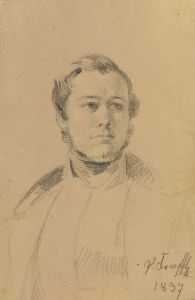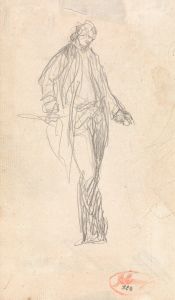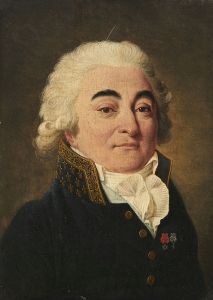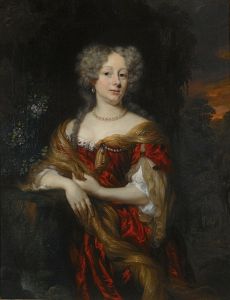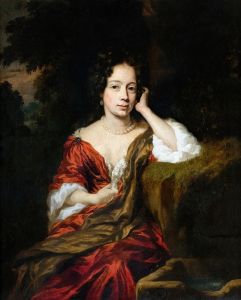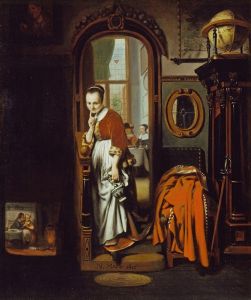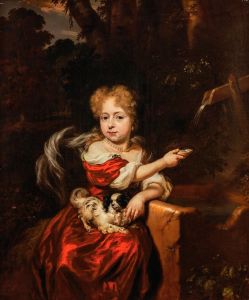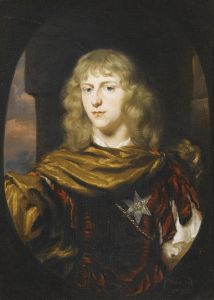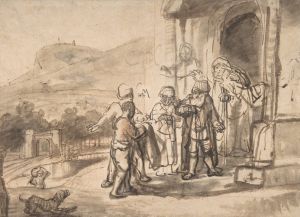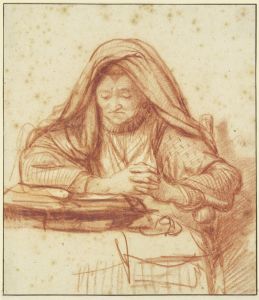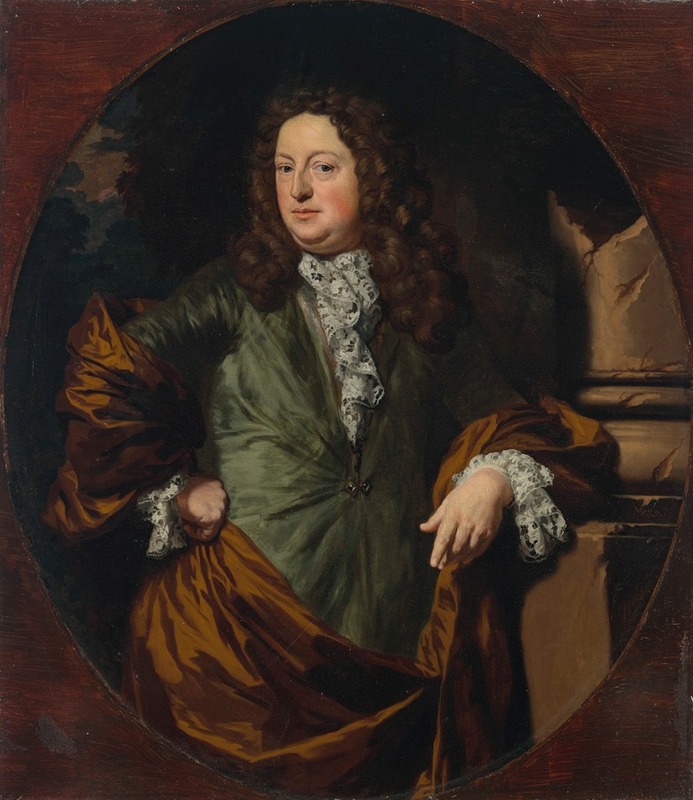
Portrait of a man, traditionally identified as Count Borchgrave
A hand-painted replica of Nicolaes Maes’s masterpiece Portrait of a man, traditionally identified as Count Borchgrave, meticulously crafted by professional artists to capture the true essence of the original. Each piece is created with museum-quality canvas and rare mineral pigments, carefully painted by experienced artists with delicate brushstrokes and rich, layered colors to perfectly recreate the texture of the original artwork. Unlike machine-printed reproductions, this hand-painted version brings the painting to life, infused with the artist’s emotions and skill in every stroke. Whether for personal collection or home decoration, it instantly elevates the artistic atmosphere of any space.
"Portrait of a Man, Traditionally Identified as Count Borchgrave" is an oil painting created by the Dutch Golden Age artist Nicolaes Maes. Maes, a prominent pupil of Rembrandt van Rijn, was known for his mastery in portraiture and genre painting. This artwork is one of the many portraits attributed to Maes, showcasing his skill in capturing the character and status of his sitters.
The painting depicts a man dressed in formal attire, indicative of his social standing. The subject's identity has traditionally been associated with a figure referred to as "Count Borchgrave," though there is no definitive evidence to confirm this identification. The title of the painting reflects this historical attribution, but the lack of concrete documentation leaves the sitter's true identity uncertain.
Nicolaes Maes was active during the mid-17th century, a period marked by the flourishing of Dutch art and culture. After studying under Rembrandt in Amsterdam, Maes developed his own style, blending the dramatic use of light and shadow learned from his teacher with a softer, more refined approach to portraiture. This painting exemplifies Maes's ability to render textures, fabrics, and facial expressions with remarkable detail and sensitivity.
The artwork is characterized by its balanced composition and the sitter's direct gaze, which engages the viewer. The use of light and shadow highlights the subject's face and attire, drawing attention to the intricate details of the clothing and the sitter's dignified expression. Maes's technique demonstrates his understanding of both the physical and psychological aspects of portraiture, making his works highly sought after by patrons of his time.
The provenance of "Portrait of a Man, Traditionally Identified as Count Borchgrave" is not extensively documented. Like many works from this period, it has likely passed through various collections over the centuries. Today, the painting is recognized as an example of Maes's mature portrait style, reflecting the artistic trends and societal values of the Dutch Golden Age.
Due to the lack of verifiable information about the sitter and the painting's early history, much about this artwork remains unknown. However, its artistic quality and connection to Nicolaes Maes ensure its place within the broader context of 17th-century Dutch portraiture.





